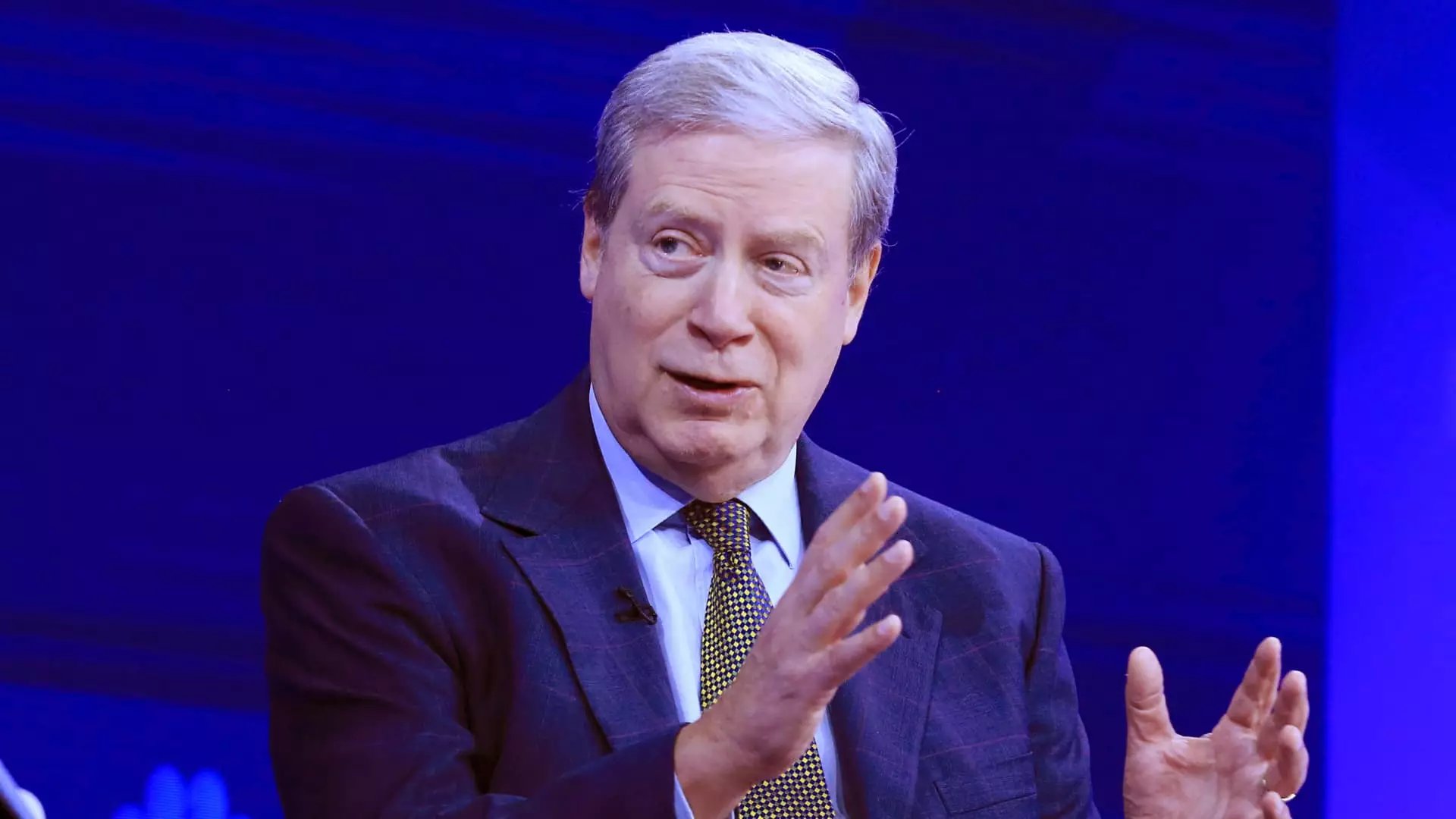The reaction of financial markets to political events often serves as an indicator of investor sentiment and economic expectations. Following Donald Trump’s re-election, billionaire investor Stanley Druckenmiller articulated his perspective on the transformed business environment in an interview with CNBC. He observed a palpable shift from what he termed “the most anti-business administration to the opposite.” This assertion provides fertile ground for exploring how political leadership influences market dynamics, corporate confidence, and investment strategies.
Druckenmiller’s discussions with CEOs revealed a sense of relief and renewed optimism among corporate leaders. This sentiment can be largely attributed to an expected alignment of government policies more favorable to business interests, notably Trump’s proposed tax cuts and deregulation strategy. The notion of “animal spirits,” a term coined by economist John Maynard Keynes to describe the instincts and emotions that influence human behaviour in economic decision-making, was central to Druckenmiller’s analysis. This reflects a crucial point: business leaders operate not just on tangible data but also on their perceptions of the political landscape, which can significantly inform their investment and operational strategies.
Despite his bullish outlook for the economy, Druckenmiller voiced caution about stock market trajectories, primarily due to rising bond yields. His decision to maintain a short position on U.S. Treasurys indicates a strategic bet against bond prices under the precept that a robust economy will lead to increased rates. Herein lies a critical tension in his analysis: how does one reconcile short-term optimism with long-term caution? The duality of expectations surrounding economic growth and its potential inflationary consequences creates a complex investment landscape. Druckenmiller’s nuanced view underscores the difficulty of forming a definitive market prediction when contrary signals exist, rendering a simplistic bullish or bearish sentiment insufficient.
The post-election surge in the S&P 500, with gains reflecting an almost 23% uptick for 2024 sparked by Trump’s election, presents a compelling case for sector allocation strategy. Druckenmiller’s emphasis on individual stock selection highlights the divergence in sectors influenced by the political climate. The technology sector, in particular, benefits from advancements such as artificial intelligence, which promise increased productivity and cost advantages for businesses. This focus on AI underlines the importance of evaluating not just macroeconomic indicators but also micro-level industry trends that can provide lucrative investment opportunities absent from a broad market lens.
Trump’s administration proposes a series of graduated tariffs, a measure that Druckenmiller argues could potentially solve some fiscal issues by generating revenue. Viewing tariffs as a “consumption tax” paid primarily by foreign entities introduces a complex debate on the implications of trade policies. While these tariffs may bolster government revenue in the short term, they also come with risks of retaliatory measures from trading partners. The strategic calculus behind the proposed tariffs challenges investors to evaluate the potential long-term impacts on market stability and inflation versus the immediate fiscal benefits projected by the government.
As an astute observer of the financial markets, Druckenmiller offers insights that encapsulate the uncertainties inherent in a rapidly changing economic environment. While the optimism surrounding Trump’s pro-business policies presents immediate opportunities, the rising bond yields, sector-specific dynamics, and tariff implications complicate the landscape for investors. His approach serves as a reminder that the efficacy of investment strategies hinges on a delicate balance between embracing short-term gains and preparing for unforeseen challenges. In an era defined by volatility, such perspectives remain crucial for navigating the intricate web of global finance.

